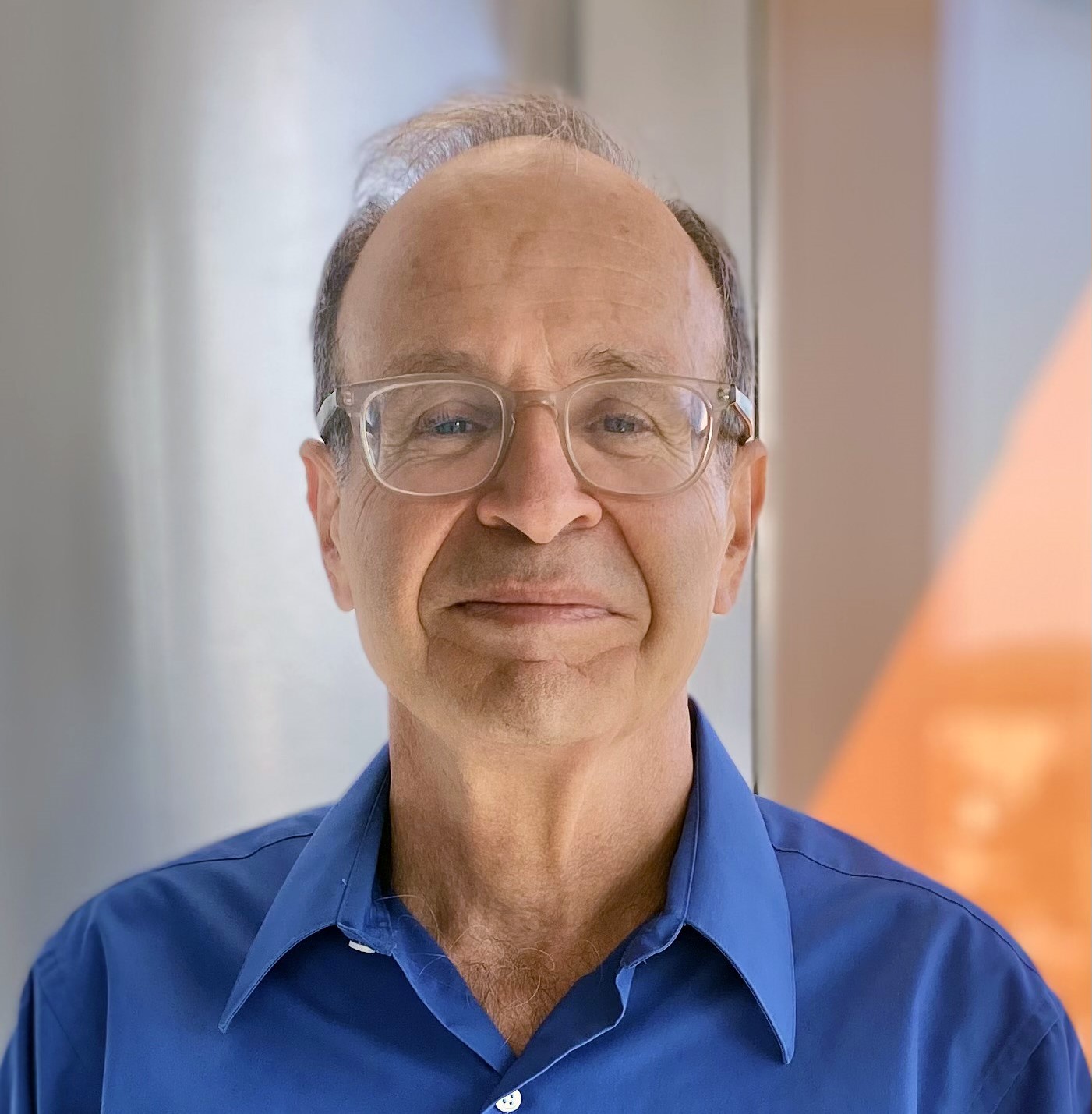News Story
Chitosan Blood-Clotting Product Under Development

Professor Srinivasa Raghavan (right) explains why Remedium's product is an improvement over others currently on the market to a WJZ reporter.
The researchers include current and former members of the Complex Fluids and Nanomaterials Group, directed by chemical and biomolecular engineering (ChBE) Associate Professor Srinivasa Raghavan.
Graduate student and Fischell Fellow Matt Dowling (bioengineering, advised by Raghavan) is the CEO and a founding member of Remedium Technologies, a startup company developing chitosan-based active wound care products for patients suffering from chronic and acute injuries and burns. These products arose out of research conducted in the Raghavan lab. He explained how one of them could substantially improve on similar ones already in use.
The Remedium product is designed to stop bleeding under conditions in which sutures won't work or can't be administered. Chitosan, which is biocompatible, anti-microbial, and able to stop bleeding, becomes saturated and ceases to adhere to tissue after only 30 minutes. Remedium has developed a modified chitosan "sponge" capable of functioning for several hours, increasing patients' chances of surviving serious injuries such as gunshot wounds.
"It's a small tweak that goes a long way," Dowling said.
The same material could also be used in a surgical spray. Animal studies of the product are being conducted at the University of Maryland School of Medicine.
"It's cheaper and better," Raghavan, who is also part of Remedium Technologies, says of the product. "There are things [on the market] that work as well, but are extremely costly, and there are things that don't work so well."
Remedium is also using chitosan to create a dressing for chronic wounds such as ulcers and burns. It works by packaging growth factors (proteins that stimulate cell proliferation) and other therapeutics into nano-containers anchored to a biocompatible chitosan matrix by naturally occurring self-assembly. The resulting device can deliver various bioactive compounds for wound healing.
Currently, Remedium is in its start-up phase as many of its founding members work on securing funding and continuing the research while still working on their degrees. The group won funding for their efforts by placing second in the university's 2007 $50K Business Plan Competition, and Dowling has continued to present the company's work by entering similar competitions around the country. Recently, they again placed second at the New Ventures World competition hosted by the University of Nebraska, Lincoln.
Remedium's other founding and present members include alumnus Bani H. Cipriano (Ph.D. ’07, chemical engineering), BioE graduate student Peter Thomas, ChBE research associate Oluwatosin Ogunsola, and former ChBE research associate Chao Zhu, all of who are or were advised by Raghavan.
The research was recently featured by local Baltimore CBS affiliate WJZ. Watch the report online. Read more and see more images on the ChBe web site.
Published May 21, 2008









